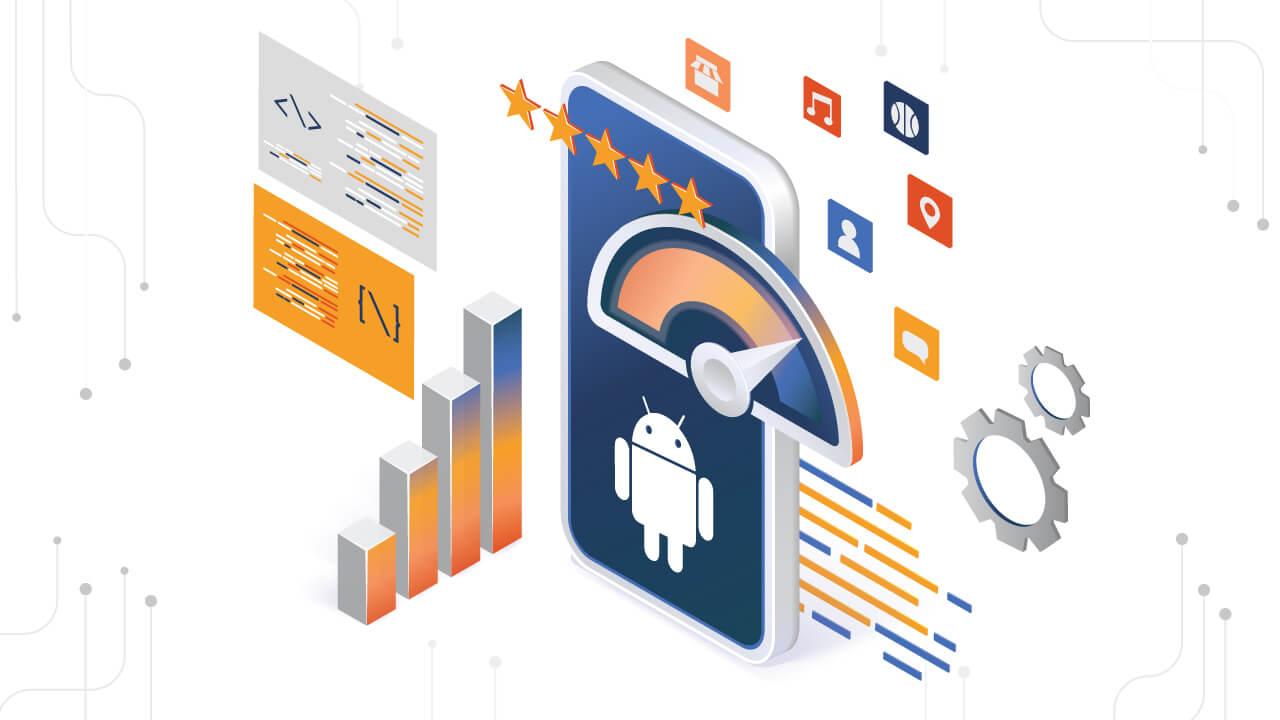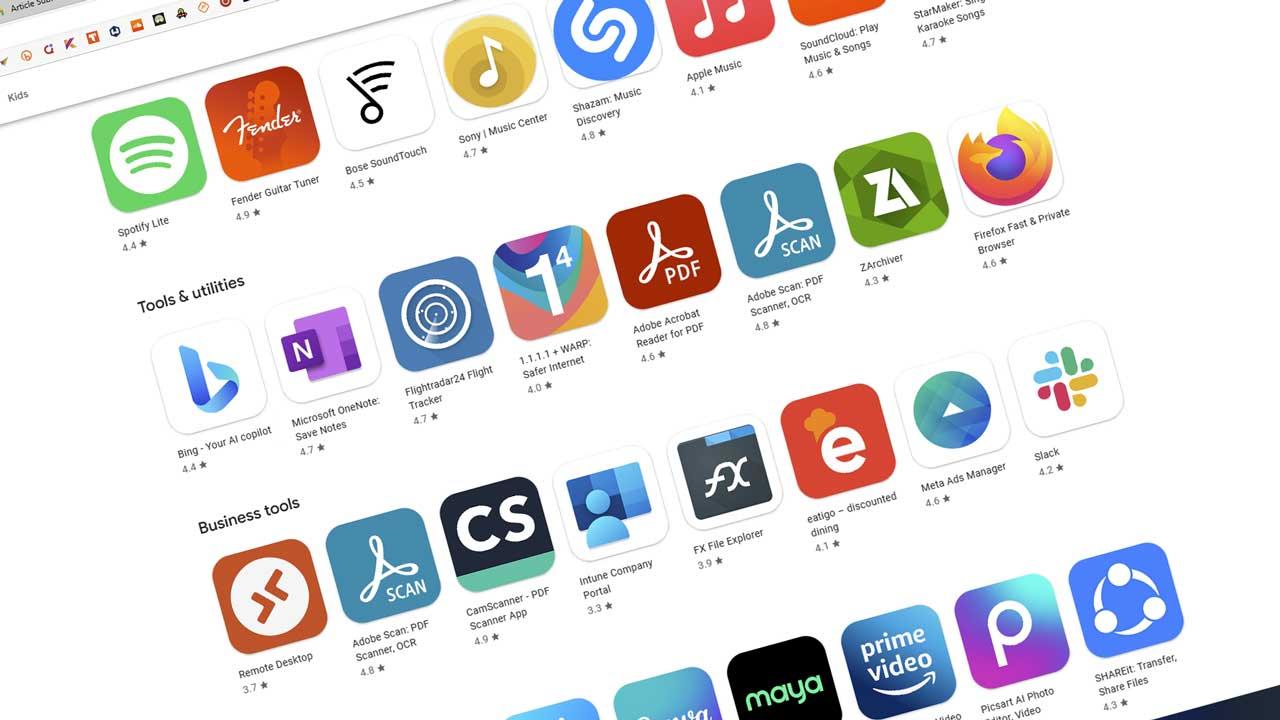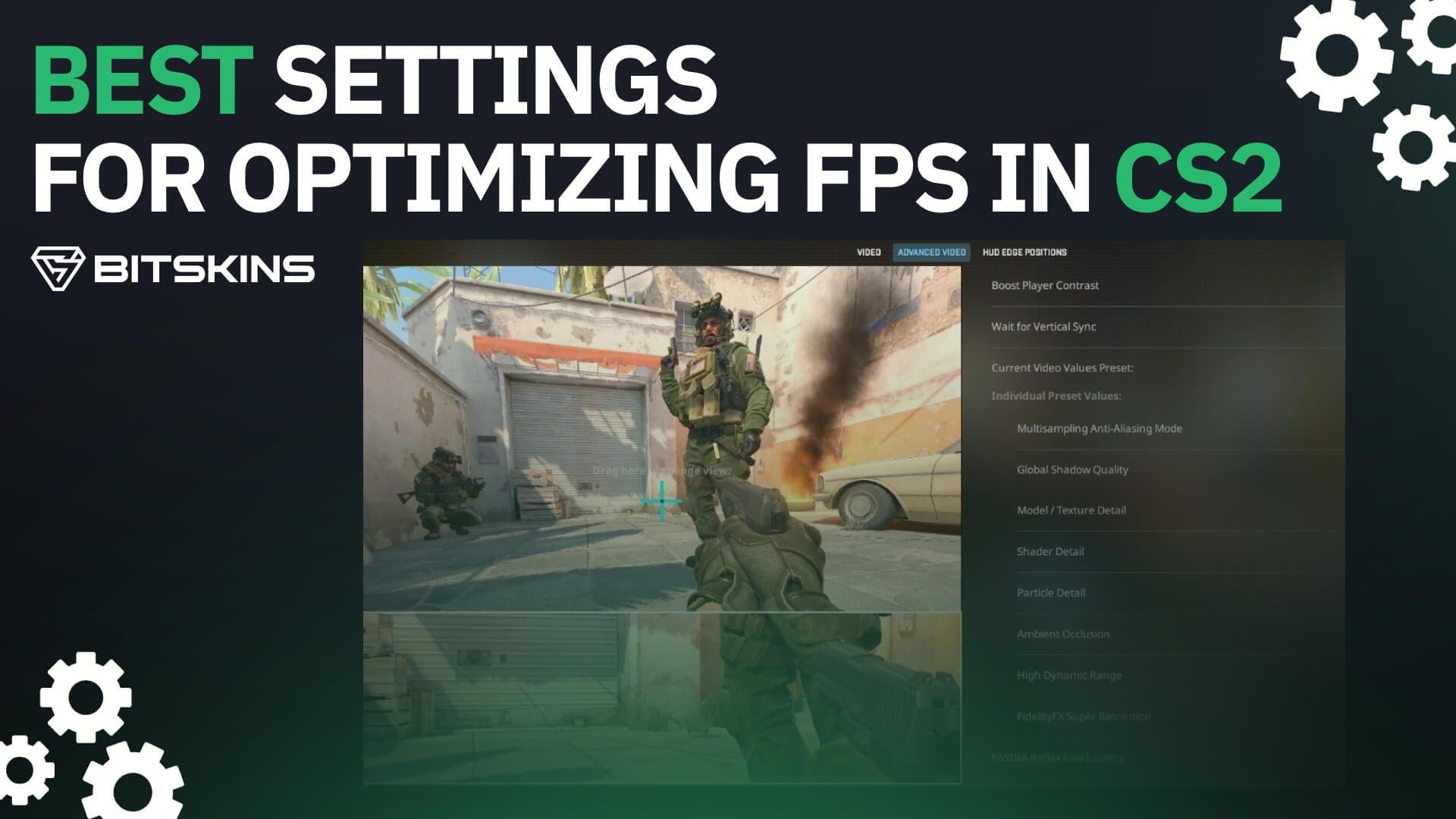In a world where immediacy reigns supreme, the speed of our devices often dictates the quality of our digital experience. For Android users, connecting with friends, completing tasks, or simply enjoying entertainment shouldn’t be hindered by sluggish performance. Yet, many find their once-smooth smartphones lagging under the weight of apps, notifications, and updates. Fear not! “” is here to illuminate the path to a snappier experience. Whether you’re a tech novice or a seasoned enthusiast, this comprehensive guide will equip you with practical strategies to enhance your device’s performance. From optimizing settings and managing storage to harnessing the latest tools in the Play Store, we’ll explore how to revitalize your Android phone, ensuring it keeps pace with your fast-moving life. Dive in as we unlock the secrets to a faster, more efficient mobile experience!
Understanding the Underlying Factors of Android Performance
Android performance is a multifaceted issue influenced by various factors that can either enhance or degrade the user experience. Hardware specifications play a critical role in determining how smoothly applications run. Elements such as the processor speed, RAM size, and GPU capabilities can significantly affect multitasking and gaming performance. In addition to hardware, the operating system version can dictate not only the built-in functionalities your phone offers but also how well it utilizes the available hardware. For example, newer versions of Android are often optimized to manage resources more efficiently.
Another pivotal aspect is application management. The way apps are developed, their specific background processes, and how they interact with the operating system can drastically impact speed. Many users may not realize that bloatware — pre-installed applications that are rarely used — can take up valuable system resources and slow down performance. Moreover, background data usage can also be a hidden performance drain. To maximize your device’s potential, it is essential to regularly evaluate applications you use, keep your device updated, and consider uninstalling or disabling unnecessary apps. The table below summarizes key elements affecting performance:
| Factor | Impact on Performance |
|---|---|
| Hardware | Higher specifications lead to better multitasking and gaming experiences. |
| OS Version | Newer versions optimize resource management for faster performance. |
| App Management | Background processes and bloatware can slow down the device. |
| Storage Space | Insufficient storage can lead to lag and delays in app response. |

Essential Applications to Enhance Speed and Efficiency
In the quest for speed and efficiency on your Android device, certain applications stand out as essential tools. These apps are designed to optimize performance, enhance multitasking capabilities, and ultimately make your mobile experience smoother. Task Management apps like Trello or Todoist can keep your projects organized while streamlining tasks, allowing you to focus more on execution and less on planning. File Management applications such as Solid Explorer not only simplify file organization but also improve access speed, making it easier to navigate and manage your files seamlessly.
Moreover, cleaner apps like CCleaner can free up precious storage by eliminating unnecessary files and cache, creating more room for the applications you actually need. It’s also worth exploring battery optimization tools like Greenify, which helps extend your battery life by hibernating apps that run in the background. To summarize, keeping your device running smoothly can be achieved by incorporating the right applications into your daily routine. Below is a quick overview of these essential applications that can drastically enhance your Android experience:
| Application Type | Recommended Apps | Key Features |
|---|---|---|
| Task Management | Trello, Todoist | Organizes tasks, collaborative planning |
| File Management | Solid Explorer | Easy navigation, multiple cloud support |
| Cleaner | CCleaner | Free up space, boost performance |
| Battery Optimization | Greenify | Hibernates apps, extends battery life |

Optimizing Settings for Maximum Responsiveness
To enhance your Android phone’s responsiveness, fine-tuning specific settings can make a significant difference. Start by reviewing your animation settings. Reducing the window and transition animations can lead to a quicker response time. Navigate to Settings > About phone and tap on Build number seven times to unlock developer options. Once you have access, go to Settings > Developer options and adjust the Animation scale to 0.5x or disable them entirely. This small tweak offers a noticeable increase in speed, making your interactions with the device feel more immediate.
Additionally, managing background processes can further improve performance. Disabling or limiting apps that run in the background is essential for freeing up system resources. Here’s a simple checklist to maximize your phone’s efficiency:
- Uninstall unnecessary apps: Remove those that you seldom use.
- Toggle off auto-syncing: Opt to sync accounts manually when needed.
- Limit background data: Restrict background data for specific apps through Settings > Data usage.
By implementing these adjustments, you can streamline your Android device’s responsiveness, creating a more fluid user experience that helps you navigate with ease.

Maintenance Tips to Preserve Long-Term Performance
To keep your Android device running smoothly, it’s essential to adopt regular maintenance practices. Start by ensuring regular software updates, as these often include performance enhancements and bug fixes that can significantly improve your device’s speed. Periodically clear cached data from apps to free up storage space, which in turn optimizes performance. Don’t forget to manage your home screen by keeping only the necessary widgets and shortcuts; this not only assists in faster access but also reduces system load.
Another crucial aspect of maintenance is monitoring your device’s storage. Consider transferring large files, such as photos and videos, to cloud storage or external devices. Keeping your Android device within optimal storage limits can prevent sluggishness. Additionally, uninstall unused apps that may be running in the background and consuming resources. Here’s a quick checklist to help you stay on track:
| Maintenance Task | Frequency |
|---|---|
| Check for Software Updates | Monthly |
| Clear Cached Data | Every 2 weeks |
| Uninstall Unused Apps | As needed |
| Transfer Media Files | Monthly |
To Conclude
In the bustling world of technology, where every second counts and speed reigns supreme, optimizing your Android phone is more than just a challenge—it’s an art. As we’ve explored the myriad ways to enhance your device’s performance, from decluttering apps to harnessing the power of software updates, it’s clear that a few strategic tweaks can transform your user experience.
Remember, your Android phone is more than just a tool; it’s an extension of your lifestyle and ambitions. By implementing these tips, you not only unlock speed but also the potential to make your daily tasks smoother and more efficient. So, take a step back, apply what you’ve learned, and watch as your Android device unfolds its true capabilities.
The journey to a faster, more responsive phone doesn’t end here. Stay curious, keep experimenting, and never hesitate to revisit this guide whenever you need a refresher or an extra boost. Here’s to a quicker, more enjoyable mobile experience—one tap and swipe at a time!
